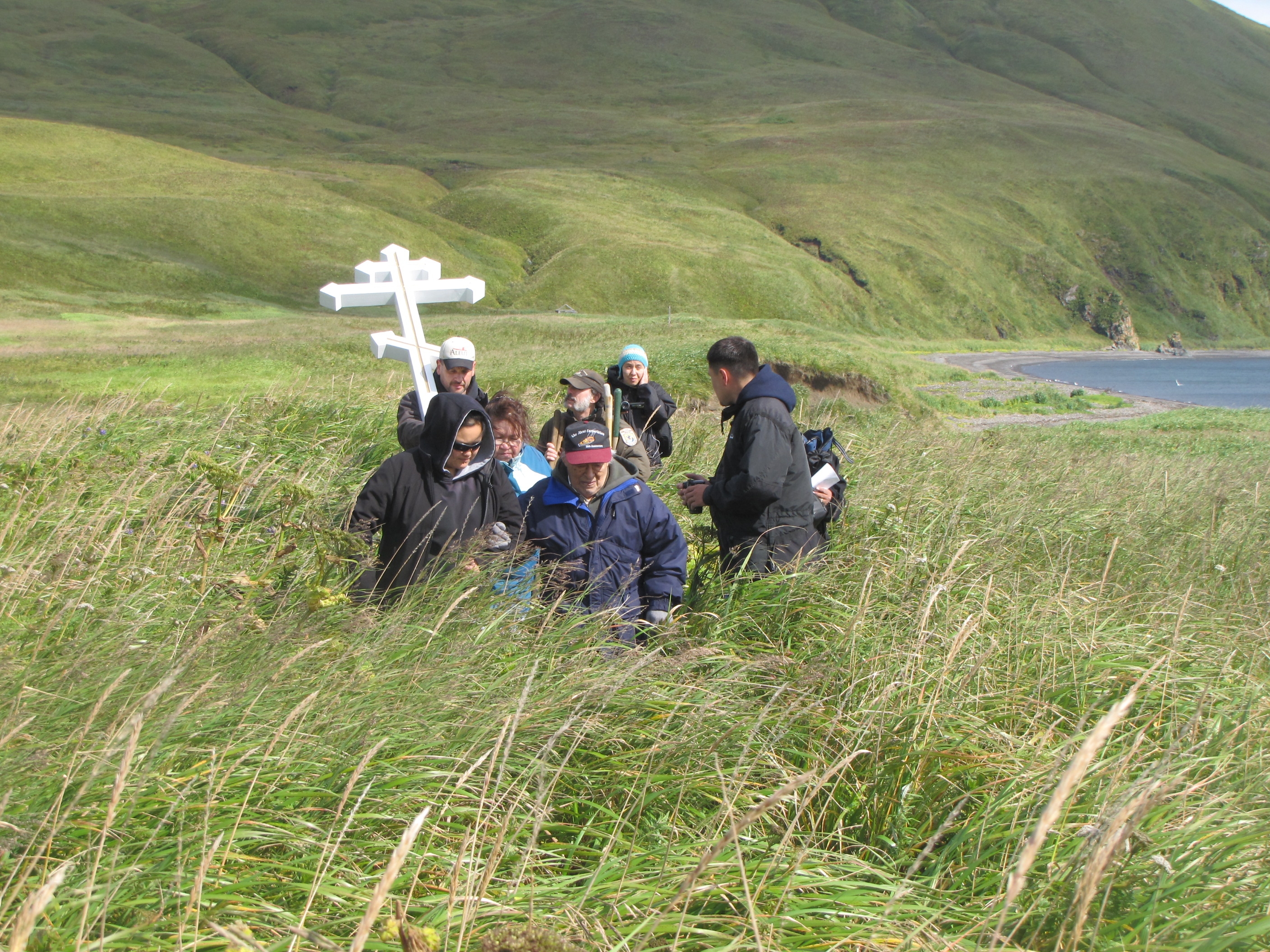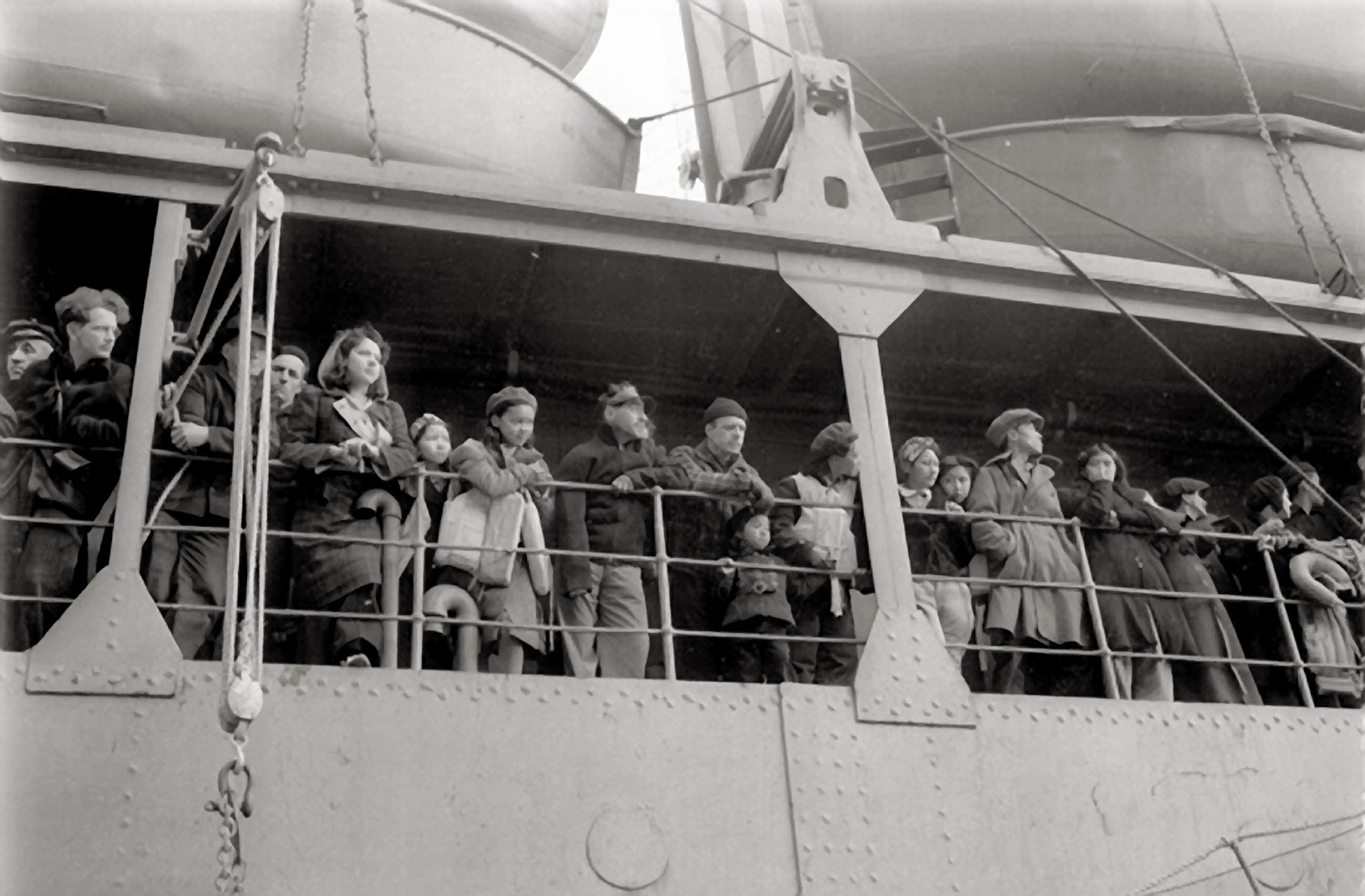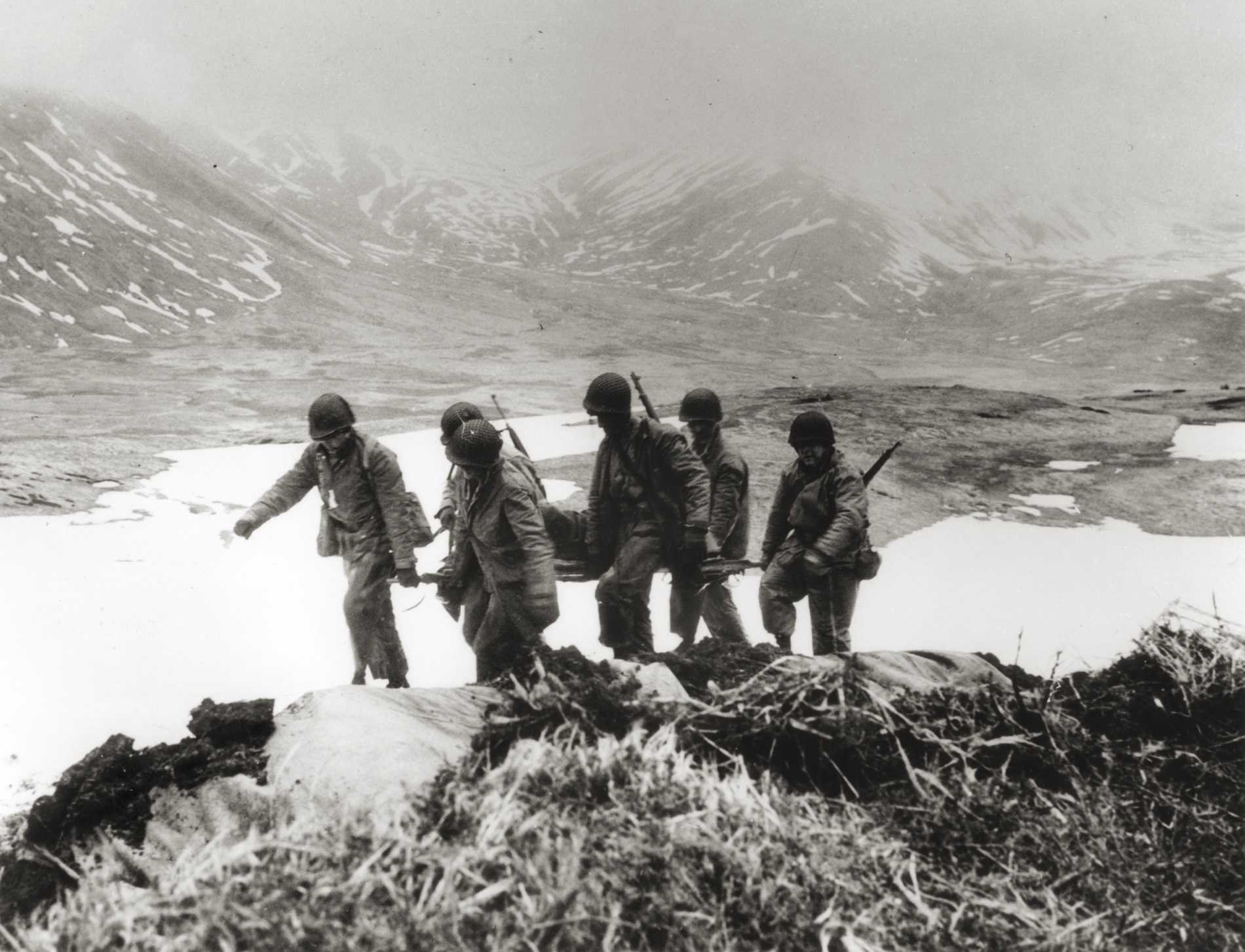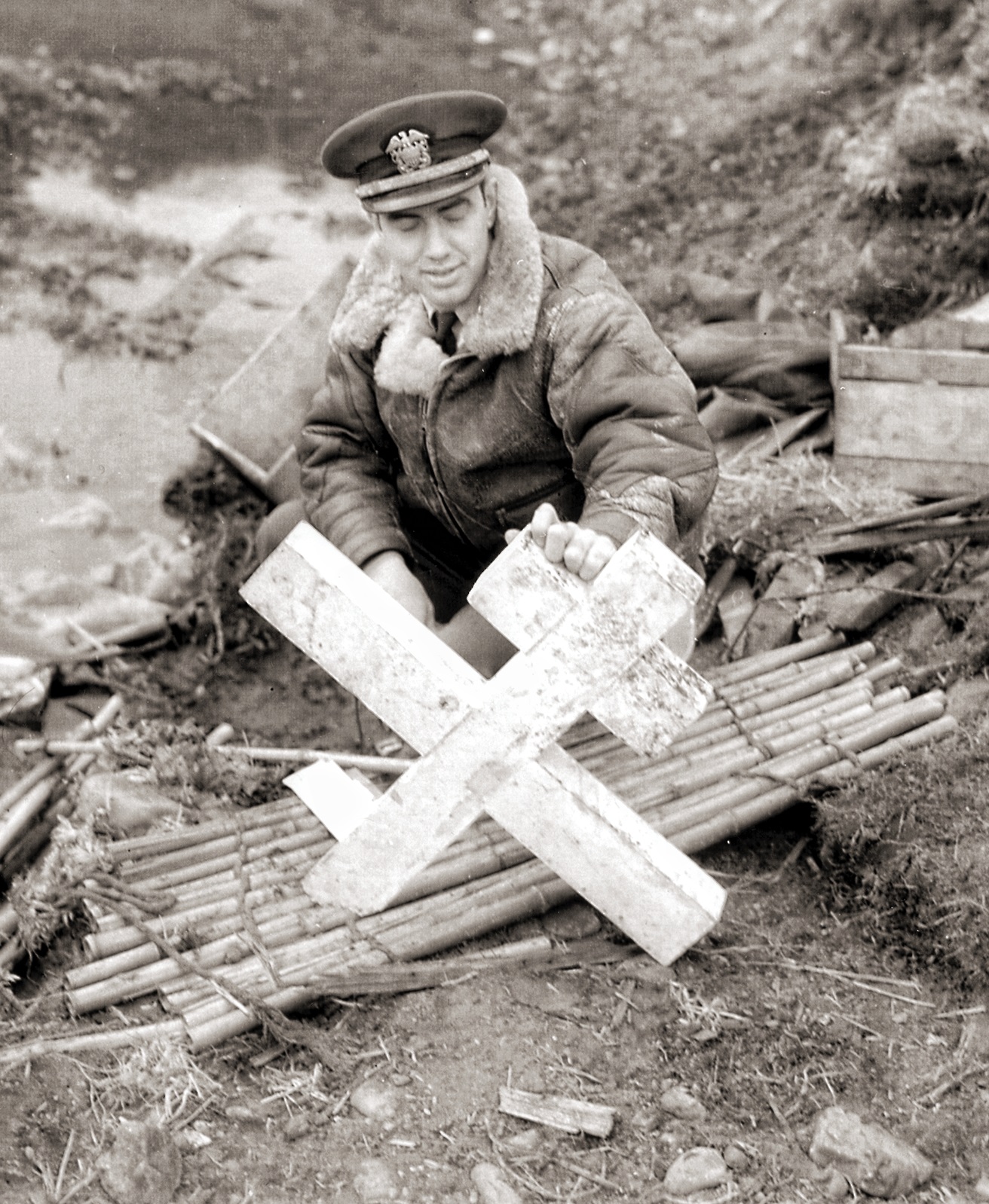Aleutian Islands World War II National Historic Area
During World War II the remote Aleutian Islands, home to the Unangax̂ (Aleut) people for over 8,000 years, became a fiercely contested battleground in the Pacific. This thousand-mile-long archipelago saw invasion by Japanese forces, the occupation of two islands; a mass relocation of Unangax̂ civilians; a 15-month air war; and one of the deadliest battles in the Pacific Theater.
The park is located on Amaknak Island in the Aleutian Island chain. The island is located 800 miles west of Anchorage. The island can be reached by commercial or charter air flights from Anchorage. Commercial flights to Unalaska include Pen Air and Alaska Airlines. The Alaska Marine Highway is a ferry service that is operated by the state that can be used to reach the island. The Aleutian World War II Visitor Center is located at the Unalaska airport.
- Guided Tours
- Self-Guided Tours - Walking
- Self-Guided Tours - Auto
- Junior Ranger Program
- Wildlife Watching
- Birdwatching
- Museum Exhibits
- Archeology
- Aviation
- Colonization and Settlement
- Forts
- Incarceration
- Maritime
- Coastal Defenses
- Maritime - Military
- Ships and Shipwrecks
- Military
- US Army
- US Navy
- US Marines
- US Coast Guard
- US Air Force (Army Air Corps)
- Indigenous and Native Warrior
- Battlefields
- Monuments and Memorials
- Native American Heritage
- Religion and Spirituality
- Tragic Events
- Forced Marches
- Massacres
- Wars and Conflicts
- World War II
- Arctic
- Tundra
- Coasts, Islands and Atolls
- Mountains
- Scenic Views
A homeland changed

In September 2009, Nick Lekanoff, Sr., former Makushin resident, traveled with his daughter and other descendants of Makushin on the Tiglax to visit the village site, which had been left behind in the evacuation of 1942 and never permanently resettled.
William C. House and the Aerological Detail on Kiska

After his aerological crew was captured by the Japanese in June, 1942, Senior Petty Officer William House survived 50 days in the hills of Kiska. He ate grass, shellfish, and worms. Weighing 80lbs he surrendered and was respected for his perseverance.
Evacuation and internment

Pribilof villagers, here lining the railing of the USAT Delarof on the day of their departure (June 15, 1942), were evacuated with only a few hours notice and no idea of their ultimate destination.
Challenging weather conditions

Soldiers rub the frostbitten feet of a disabled soldier. Over 2000 weather-related casualties—the majority Attu feet—were recorded for U.S. troops. This number represents the largest classification of casualties suffered by American forces on the island.
The battle for Attu Island

U.S. wounded are gathered from the battlefield on Attu Island. The battle on Attu, lasting nearly 20 days, was the second most deadly in the Pacific Theater.
Cultural collision

The Aleutian campaign brought together Russian, Native Alaskan, Japanese, and Euroamerican cultures. During the war 7 historic churches were damaged or destroyed. Villages were unrecognizable or burned to the ground and personal belonging lost or stolen.